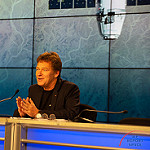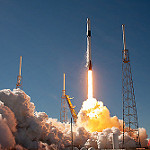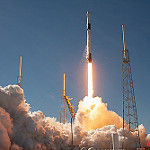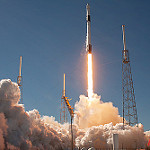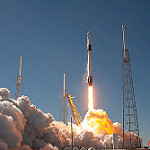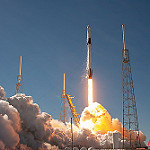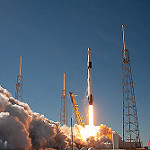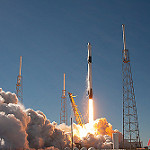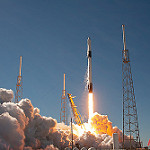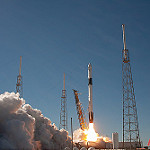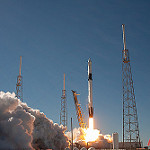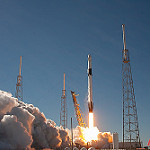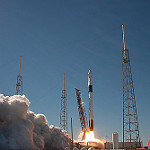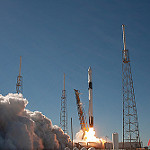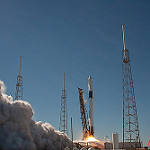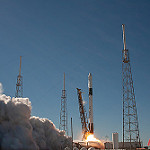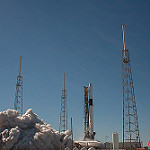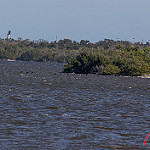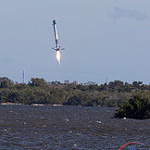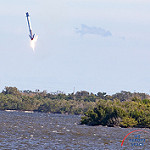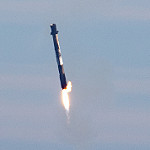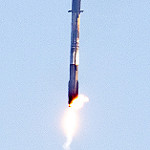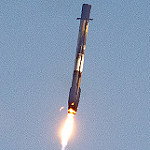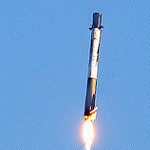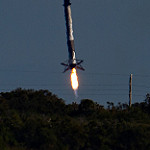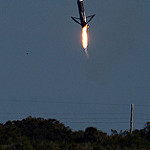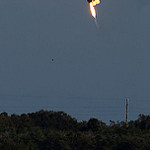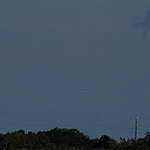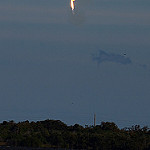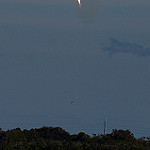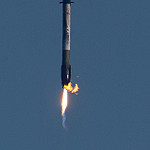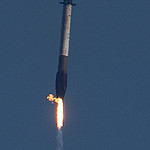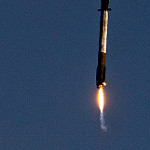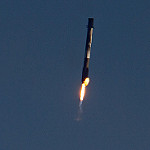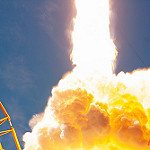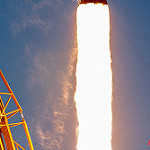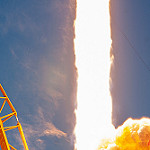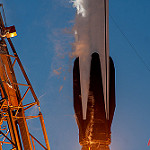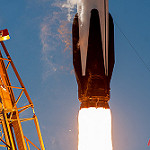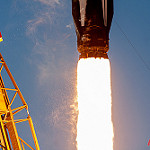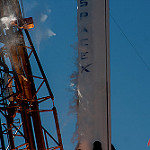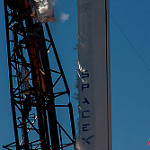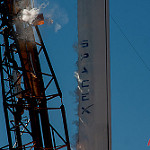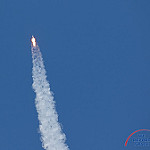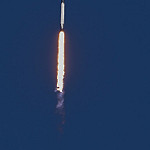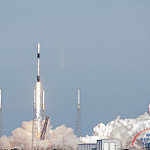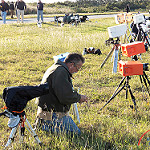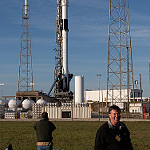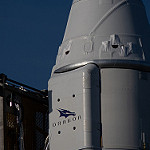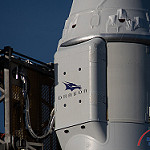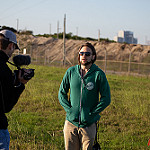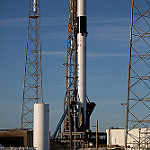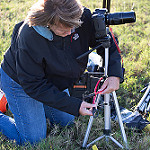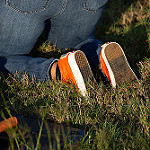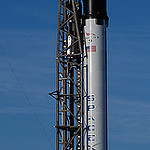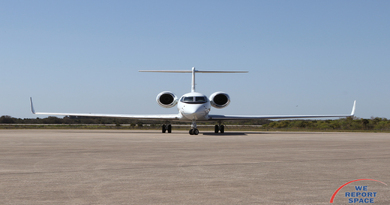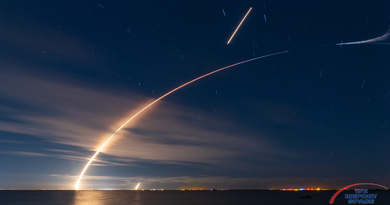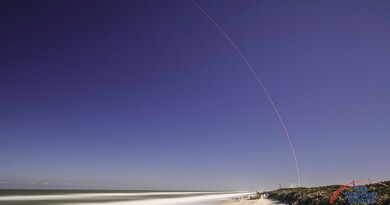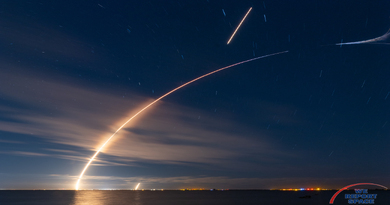After Mouse Food Delay, Falcon 9 Launches CRS-16 Towards ISS
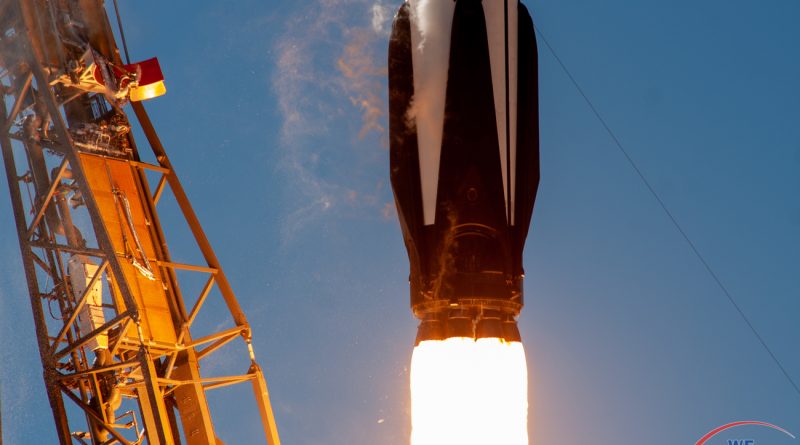
CAPE CANAVERAL: After a one-day delay to allow for more mouse food to arrive from California, the Falcon 9 lifted a Dragon capsule bearing the CRS-16 mission towards the ISS at 1:16 PM EST on December 5, 2018 from Launch Complex 40 at Cape Canaveral Air Force Station. This is NASA's sixth cargo mission to the ISS in 2018 and SpaceX's 20th launch in 2018.
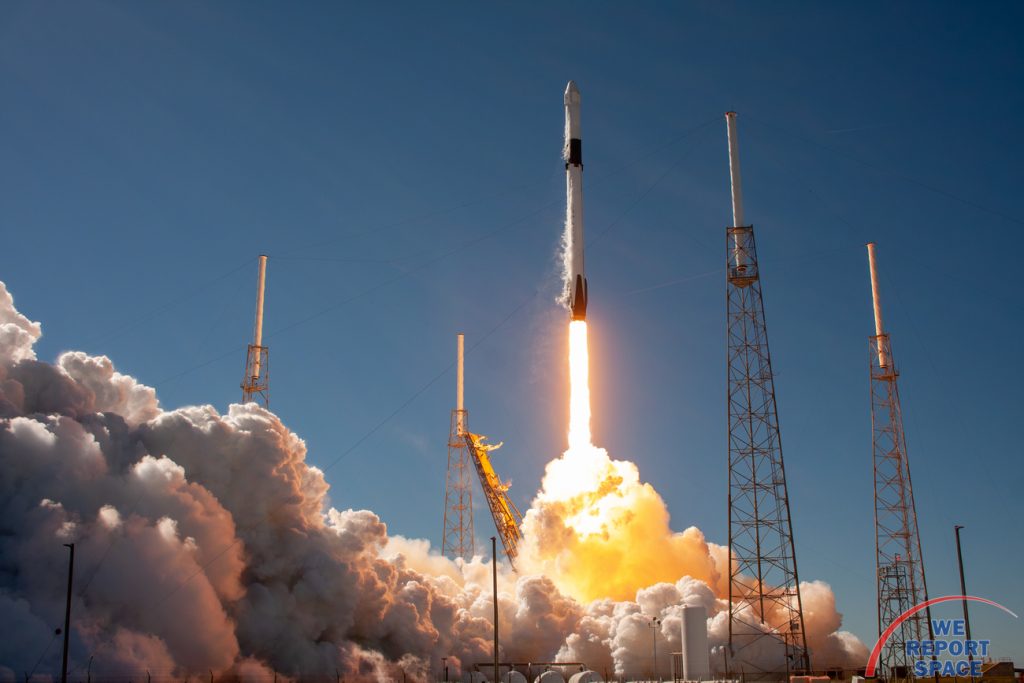
The launch had been scheduled for December 4, 2018, but the late-load food bars used for rodent experiments were found to have signs of mold. NASA assumed that the other food bars previously loaded were suspect and flew in a new supply of rodent food bars from NASA Ames in California. The food bars were scheduled to arrive in Orlando around 9PM on Monday, with the Dragon close-out between midnight and 1AM Tuesday. The inbound flight was delayed until 11PM, and NASA announced a one-day delay.
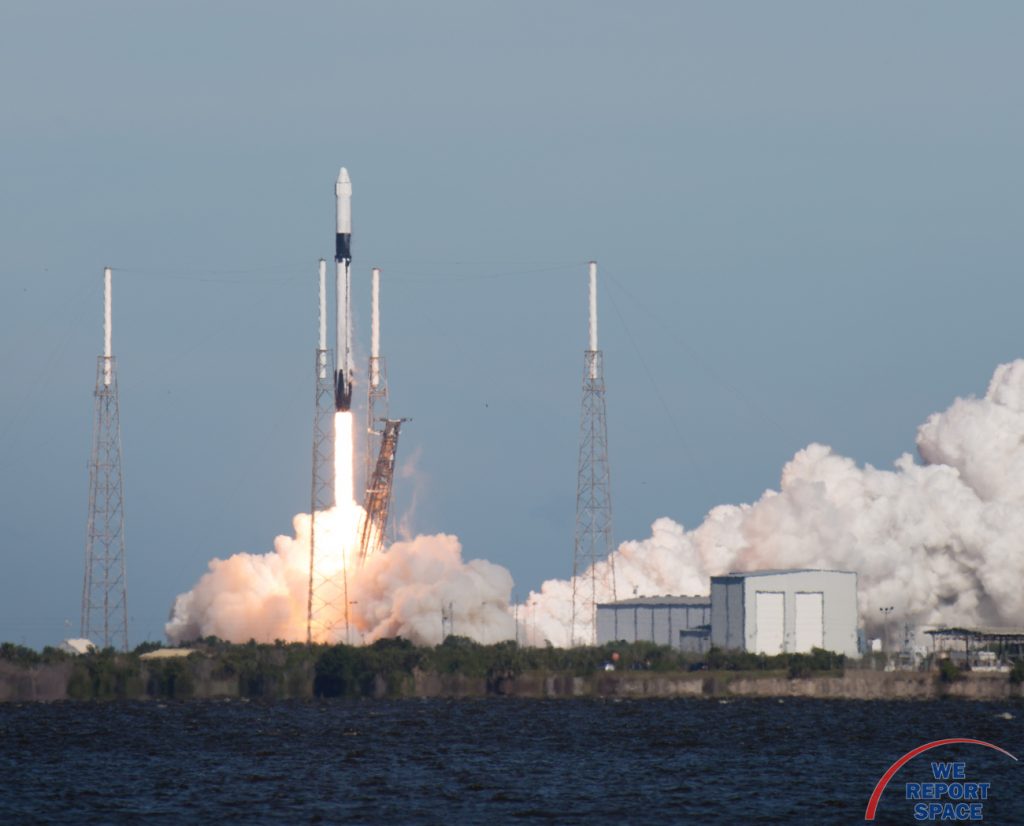
At the pre-launch press conference on Monday, Joel Montalbano, deputy ISS program manager, NASA’s Johnson Space Center said the logistics "are going to be tight. We've already worked with SpaceX to extend the late load time." He acknowledged that weather problems discussed by Clay Flinn of the 45th Space Wing Weather Squadron might cause flight delays. "The rodent experiments are part of the primary mission objective - it is important enough to hold the launch for a day," according to Montalbano.
Impact on Crew Dragon
The Dragon capsule is expected to berth at the ISS around 6AM on December 8 and will stay on station until January 13, 2019. This will be the sixth spacecraft berthed at the ISS, joining a Cygnus, 2 Progress, 2 Soyuz and ties a record for the most spacecraft docked simultaneously according to Montalbano. The presence of the Dragon at the ISS could play a role in delaying the test flight of the Crew Dragon, currently scheduled for January 7, 2019.
Hans Koenigsmann, vice president of Build and Flight Reliability at SpaceX said, "All parts for DM-1 are at the Cape for final integration and testing. We might have a couple of day delay due to traffic and CRS-16. I am targeting mid-January. It is far more important to be safe." When asked if it was possible to have two dragon capsules on orbit at the same time, Koenigsmann explained, "Theoretically, yes. The system is designed for that. I could see having one Dragon berthed while another is flying. But if you have two Dragons free-flying at the same time - that is trickier."

Other Milestones
Koenigsmann congratulated NASA on the 20th anniversary of the ISS. At the pre-launch press conference, he noted that the 24 hours between launches of a Falcon 9 would be a record. "You need time to review the telemetry of the first launch to see if you need to adjust anything in the upcoming launch. 24 hours is about the minimum time between launches," although he theorized that you could have a very early morning launch of one Falcon 9 and a late evening launch on the same day, possibly compressing the interval to 13-14 hours. CRS-16 is the first landing at LZ-1 since the Falcon Heavy launch.
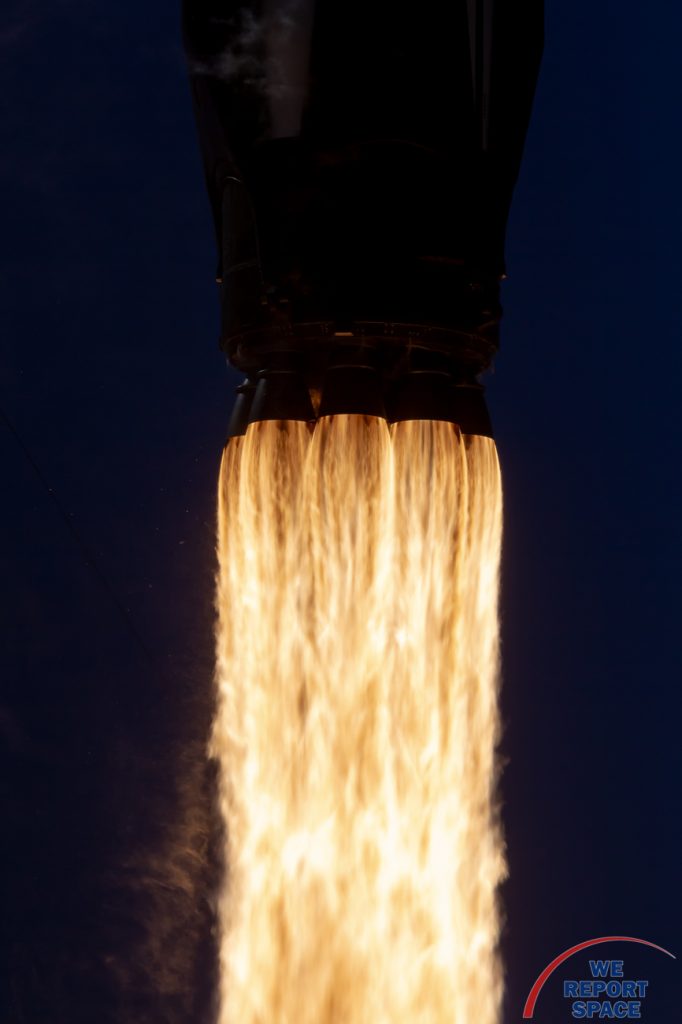
The previous launch day of December 4 2018 would have been the 8th anniversary of COTS-1 and the 5th anniversary of the first geostationary flight from Launch Complex 40. He noted that SpaceX launched more rockets in 2017-2018 than in all previous years combined. CRS-16 is the fifth resupply mission using a previously flown Dragon capsule. This Dragon originally flew as part of CRS-10. Koenigsmann notes that there will be no new cargo Dragons built to fulfill the current resupply contract.
Anomaly During Landing
One of the grid fins failed during descent of the Falcon 9 First Stage. The rocket core begin rolling at a rate of one rotation per second. A fail-safe program on the first stage recognized that the rocket was not under control and never moved the rocket over land. Instead, the rocket made a soft landing in the ocean. The rocket was still sending data after the landing. SpaceX is sending a ship out to tow the first stage back to Port Canaveral. This would have been the 33rd successful landing. In a video released by SpaceX, you can see the roll stop just as the landing legs deployed. During the post-launch press conference, Hans Koenigsmann theorized that the legs extending might have slowed the roll, just as someone in a spinning chair will slow if they extend their arms.
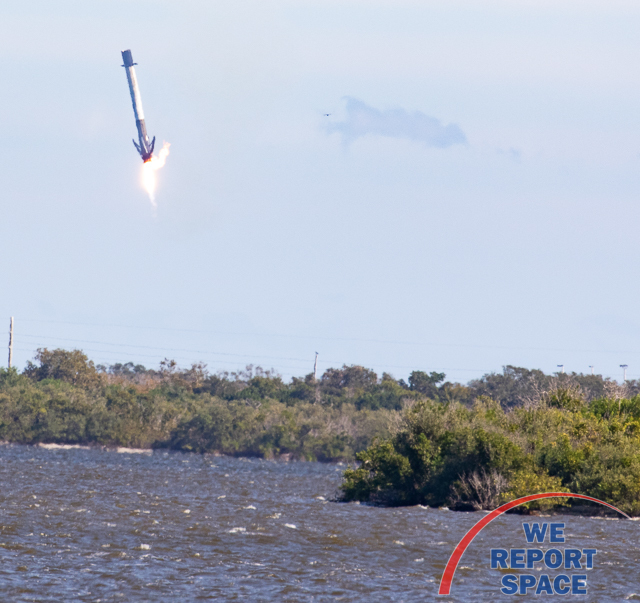
Science on Board
Kirt Costello, ISS Program Chief Scientist from Johnson Space Flight Center: "CRS-16 is sending 38 new investigations to the ISS, fueling the Low Earth Orbit economy." He highlighted these missions:
- Robotic Refueling Mission 3 (RRM3) will demonstrate the first transfer and long-term storage of liquid methane in space. Storing cryogenic fuels in space is difficult because of their boiling points. It is difficult to maintain cryo-cold temperatures for an extended period of time. The boil off can lead to the formation of large bubbles that increase pressure inside the tank. In micro-gravity, the bubbles don't rise to the top. If a bubble settles at the opening of the transfer line, it can interrupt the transfer of liquid. The fluid transfer module will carry 42 liters of liquid methane. Carried in the cargo vehicle trunk on the Dragon, the module will be installed to the EXPRESS Logistics Carrier 1 site 3 on the outside of the ISS.
- GEDI (pronouced "Jedi") will help scientists create the first three-dimensional map of the world's temperate and tropical forests. GEDI will soar over both the dark side and light side of the Earth at 17,150 miles per hour. Measurements of the height of foliage, branches, trees and shrubs below ist path will yield new insights into how forests are storing or releasing carbon.
- LambdaVision is running an experiment to improve the quality and efficiency of a manufacturing process for a protein-based retinal implant designed to restore vision to those blinded by age-related macular degeneration. The retinal implant consists of multiple layers of the light-activated protein, and production in microgravity could improve overall uniformity and stability of the multilayer system. According to Principal Investigator Nicole Wagner, LamdaVision "is currently in pre-clinical development and hope to begin clinical trials in the next two years."
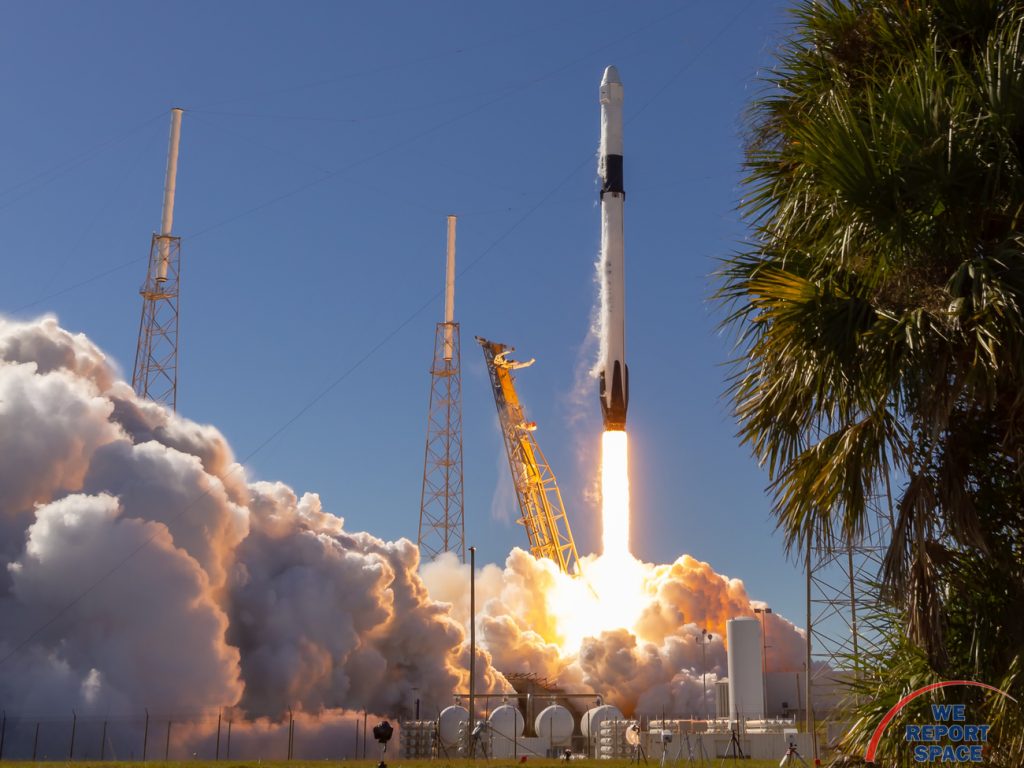
Photos
Falcon 9 / SpaceX CRS-16 (Bill and Mary Ellen Jelen)

Stunning, full color photo book covering every east coast launch spanning 2014-2015, including the first-ever powered landing of a SpaceX Falcon 9 rocket.
More Info